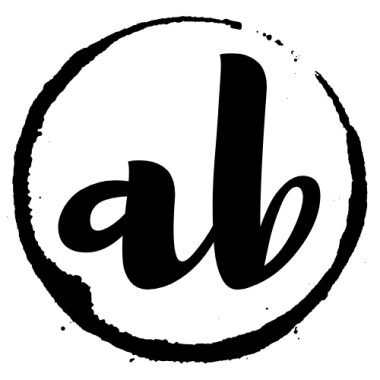Have you seen The Devil Wears Prada? Anne Hathaway’s all-consuming job as Meryl Streep’s bag-carrier/mind-reader is a real one, and for a while I did it.
For some brief and endless months, I jumped through hoops in the executive office of a Fortune 50 company. Sadly, there was none of the glamour of the fashion industry. Only the daily goal of removing any and all needless-friction from my boss’s life.
The job wasn’t fun, but it gave me an extraordinarily personal insight into how senior leadership make decisions and how to grab (and miss) their attention. Here’s what it taught me about the vital ingredients of business-to-business copy.
Be absolutely clear from the first line
Every Friday I sifted the boss’s inbox, printed off the important stuff and bound it in a pack with a series of one-line summaries of the action needed.
Most emails were mired in background or conversation and didn’t get to the point until the second or third paragraph. Most emails didn’t get a reply until they made it to the summary pack…
Your reader is at work and they’re incredibly busy. You don’t always need to be brief, but you can’t afford to make them dig for what and why they should care. Grab them in the first line of your copy, or it’s over.
“Your job is to make the boss look great”
These words were pretty much all the introduction I had. But they served me well. To sell to decision-makers, or those who will need to convince decision-makers to sign off on their idea, you need to appeal to the ambitious.
Can you help them make decisions faster? Or make better decisions? Will they have a better understanding of the uncertainty around their decision?
If you can convince them that they’ll get a jump on their peers or you’ll deliver productivity gains that move them nearer to their bonus, you’re in with a chance of success.
Be specific with your promises
Anyone busy running a business needs specifics so they can decide to read on or race away to the important stuff. “Many”, “often” and “significant” aren’t words that are going to hook their attention.
Do you save customers an average of 30% on their opex? Cut their timeline by 25%? Increase productivity by 40%? What can they expect as their return on investment in you?
Add as much measurable detail as you can, and your reader can start doing the mental calculations for their own business.
Avoid surprises
Nothing annoyed my boss more than a surprise. Boards, the C-suite and shareholders crave consistency. And trying something new opens the door wide to the risk of nasty surprises.
Think about your customers’ potential objections. Think about the risks they may face to get to the benefits you describe. Think about how buying from you, rather than sticking with the familiar, is going to impact them.
Now show them that you understand, and you have a plan for all that risk. How have you managed it for others? Will you be available 24/7 as they make the switch to using you? If they can hear that you understand their fears and you value their customers as much as they do, you’re more likely to make the sale.
Appeal to the techie
What’s the background of the decision-makers you want to influence? Don’t assume that seniority means you can skip the technical details.
My boss loved nothing better than getting into the minutiae of a project because that’s where he started his career.
Just as you need to refer to the financial and commercial benefits when you’re talking to a technical business audience, you’ll need the technical bits to be precise in a commercial message. Buzzwords won’t do – you’ll need detail and accurate sources.
Remember you’re talking to a human
It’s easy to forget that the reader of B2B copy is not a business but a person. A regular, everyday, real person.
Like the rest of us, they forget birthdays, worry about grey hairs and occasionally swear to go to the gym more.
Just because you’re writing to a business, don’t throw out all you know about copywriting. Aim to tap into your audience’s emotions as you would with any other copy. You don’t need to use longer words or “corporate speak” to connect.
Your reader is busy, ambitious and smart. Remember their fears, their expertise and the sheer volume of stuff they have to think about, and you’re well on your way to creating copy that will hook them. And if you need help writing for a business audience, give me a call.

